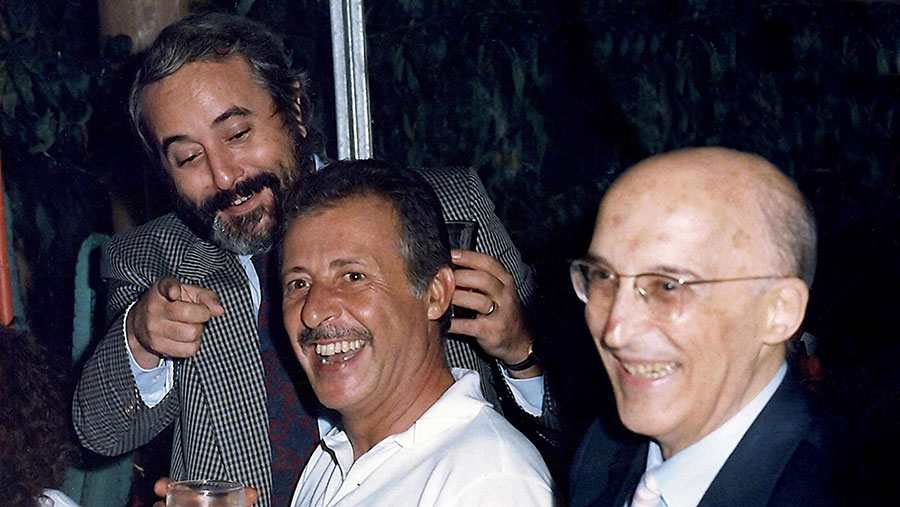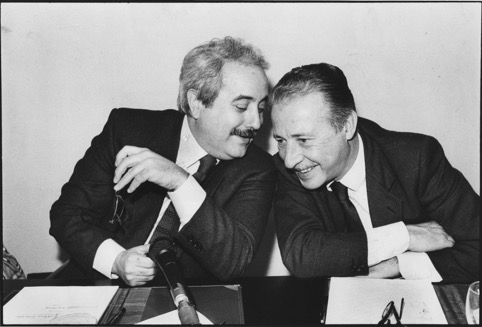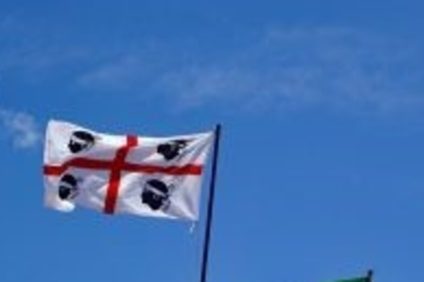Paolo Borsellino, an Italian to be proud of.
When we talk about Italianness we must not think only of the many commercial themes, the various stories of crazy travelers or our successes across the border, but everything that promotes the concept of Italianness. To everything that makes us proud to be Italian.
It may not be in line with previous articles, but today we want to talk to you, or at least mention, one of the symbols of our Italy, as well as of legality and the fight against organized crime. Today we want to talk to you about Paolo Borsellino.
In these days falls the anniversary of the death of the Magistrate and his escort in what many know as the massacre of via D'Amelio, which took place on 19 July 1992 at the hands of Cosa NostraPerhaps the youngest or the least informed do not fully know the history of one of the most important Italian figures of the last 30 years, and it is therefore right to remember some passages.
Paolo Borsellino

Paolo Borsellino, with the help of Judge Giovanni Falcone, has literally revolutionized the way to fight the mafia, identifying what were, and still are, the weak points of one of the most active and dangerous criminal organizations of the last century.
According to Borsellino, in order to fight such an evil, one should not limit oneself to a repressive work, but set in motion a cultural movement that drew strength on solid moral principles and on a great knowledge of the problem. Ignorance was in fact seen by the Magistrate as a far more dangerous threat than a simple gun, and defeating it meant reducing and annihilating the power of the Cosa Nostra.
The fight against crime for Borsellino began as early as the XNUMXs.
After graduating in Law, the young man from Palermo took part in the competition to enter the Italian judiciary, ranking twenty-fifth out of more than 170 banned. The placement allowed him to obtain the position of Magistrate. A position made even more precious by the fact of being the youngest Italian to fill this role.
After years of silent battles, Borsellino was included, together with Falcone and other judges, in the Anti-Mafia Pool, that is, in that group of judges who would have dealt exclusively with mafia-type crimes. This choice was a consequence of the Palermo Maxiprocess to obviate the large amount of work it required. At the end of the first degree trial, which ended on December 16, 1987, there were in fact more than 340 sentences and 19 life sentences.
Il Maxiprocess attracted the attention of the media to its protagonists and especially that of the Cosa Nostra, which saw in those judges a serious threat to its own activity.
There followed a series of attacks against leading figures in the fight against the mafia and beyond.
Giovanni Falcone was one of the first victims in the sadly famous Massacre of Capaci, in which, in addition to the Judge, his wife and three members of the escort also lost their lives. The attack took place on May 23, 1992 along the A29 motorway, in the Capaci area.
On 19 July 1992 it was instead the turn of Paolo Borsellino to pay the bill for his battles.
A Fiat 126 packed with explosives was parked under the Magistrate's mother's house. At the moment of the passage of Borsellino and his escort, through a remote device, the vehicle exploded, instantly killing Borsellino and five officers who accompanied him
The death caused a stir throughout the country, perhaps too late awakening the institutions, the high offices of the state and the common people from that sleep that lasted a lifetime.
Investigations, accusations and hypotheses followed one another in the following months and years, but the dynamics and those responsible for the attack are still unclear. The only certainty is that it was a gesture strongly desired by that enemy that Borsellino was trying to eradicate from his land with all his might. An enemy who in the end succeeded in his intent.
And it was not just a lawman who died, but a symbol of the fight against the Mafia and a great source of pride for every Italian.






